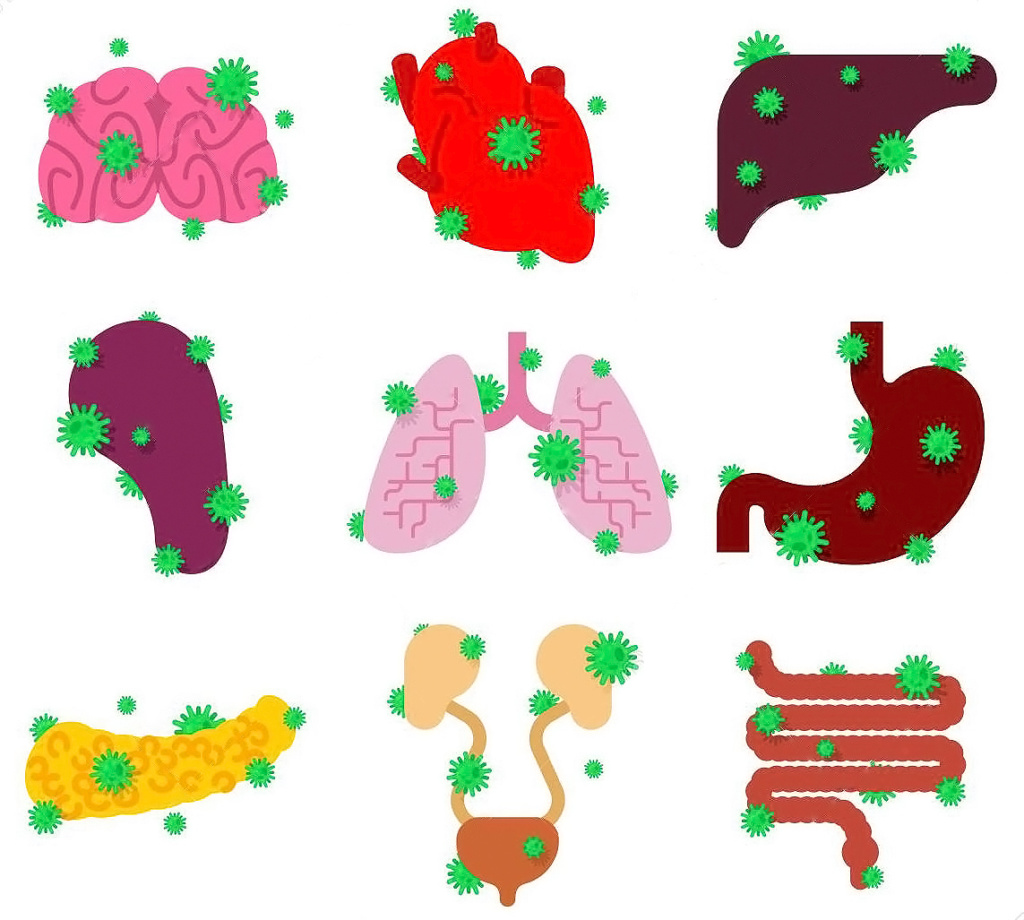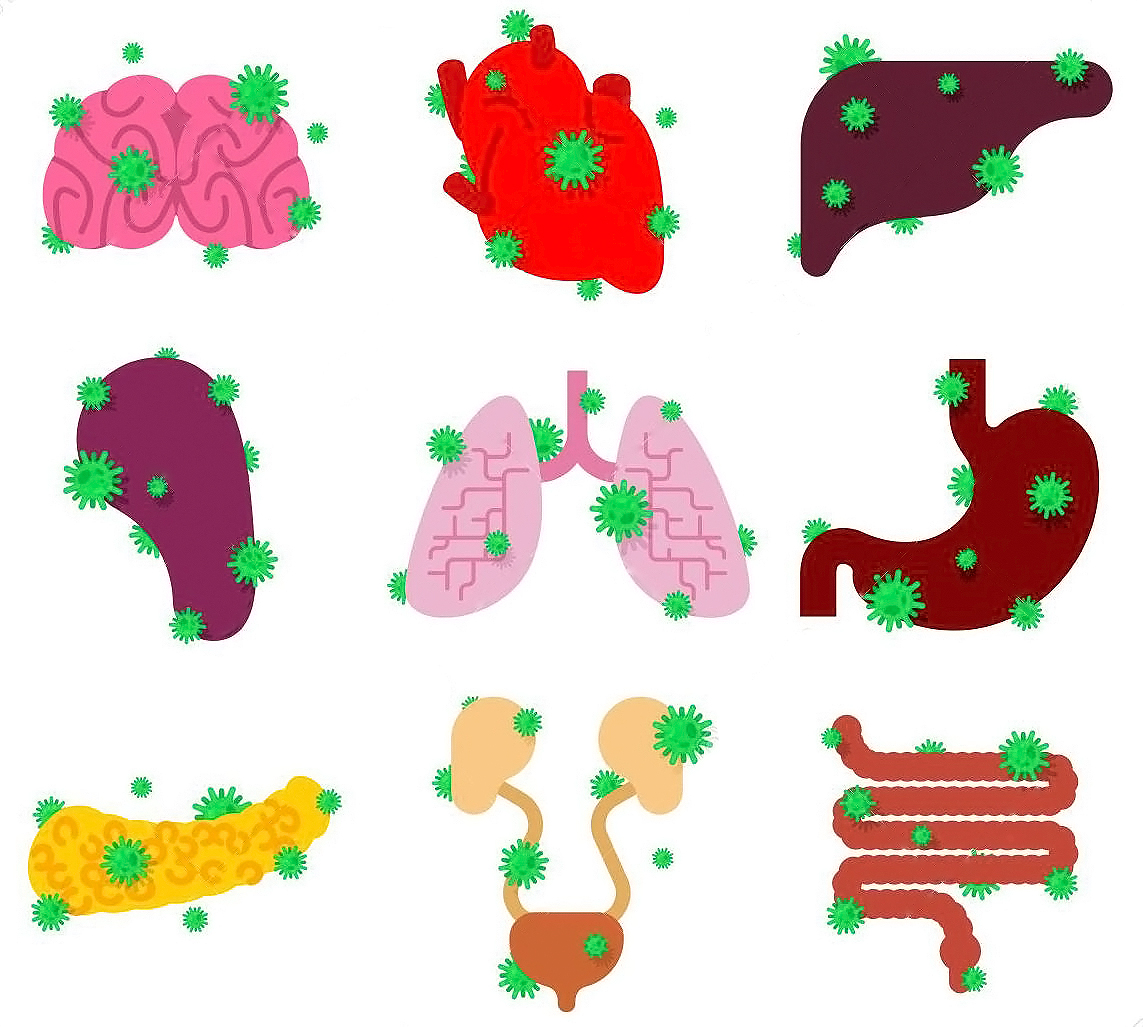
Author : Anna Maria Świdwińska-Gajewska, Sławomir Czerczak
Nanosilver, also identified as colloidal silver, has been known and used for ages to combat diseases or prolong food freshness. It usually occurs in the form of a suspension consisting of particles of size < 100 nm. Due to its specific properties, silver nanoparticles are used in many technologies to produce medical devices, textiles, conductive materials or photovoltaic cells. The growing popularity of nanosilver applications increases the number of people occupationally exposed to this substance. Potential exposure routes for silver nanoparticles are through dermal, oral and inhalation pathways. Silver nanoparticles may be absorbed through the lungs, intestine, and through the skin into circulation and thus may reach such organs as the liver, kidney, spleen, brain, heart and testes. Nanosilver may cause mild eyes and skin irritations. It can also act as a mild skin allergen. Inhalation of silver nanoparticles mainly affects the lungs and liver. It has been demonstrated that silver nanoparticles may be genotoxic to mammalian cells. There are some alarming reports on the adverse effects of silver nanoparticles on reproduction of experimental animals. Exposure to silver nanoparticles may exert a neurotoxic effect and affect cognitive functions, causing the impairment of short-term and working memory. Maximum admissible concentration (MAC) for the inhalable fraction of silver of 0.05 mg/m3 is currently binding in Poland. In light of toxicological studies of silver nanoparticles it seems reasonable to update the hygiene standards for silver with nanoparticles as a separate fraction.


